|
Energy Transfers
Objectives:
|
• Know that energy can be changed from one form into
another.
• Be able to draw energy transfer diagrams to show these
changes.
|
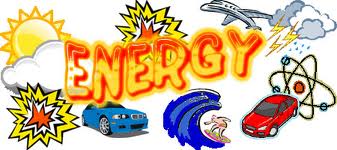 |
Task 1 - Recap
Remind the person next to you:
|
• The ten different types of energy
• The units used to measure energy
• The law of the conservation of energy
|
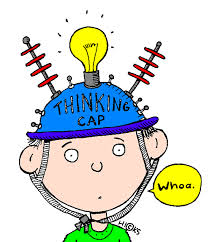 |
Task 2
Energy can be changed from one form to another, or
transferred from one place to another. Your teacher will
demonstrate a range of toys and devices to you; watch carefully and
think about the energy transfers taking place in each device:
|
• An electric lightbulb • A wind-up toy
• A pop-up smiley
• A desk fan
• A glow-stick
• A toy car rolling down a ramp
and many more!
|
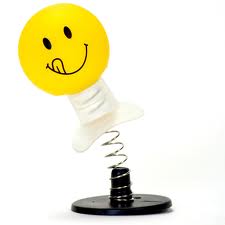 |
Tell your teacher what energy transfers you think are
taking place. Your teacher may show you energy transfer diagrams
for some of the devices.
Task 3
Draw energy transfer diagrams for each of the following:
|
• A washing machine
• A candle
• A petrol powered car
• A hairdryer
• A wind turbine
|
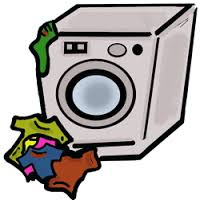 |
|
Think carefully about each type of energy
produced by the devices above.
Which types of energy are useful and which types of
energy are wasted.
Shade the useful energy
produced in green.
Shade the wasted energy
produced in red. |
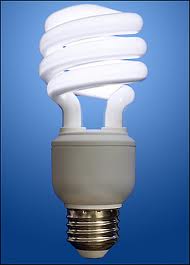 |
Task 4
Some energy transfers have more than one stage.
Think about the energy transfers below. Your teacher will ask some
of you to share your ideas.
|
• A battery powered torch
• A book falling from a shelf
• A hand-turned dynamo powering a bulb
• A coal power station
• A wind-up torch
• A bouncy ball dropped from a height
|
 |
Try drawing energy transfer diagrams for each of the following.
Remember that they will all have more than one stage!
|
• A battery powered hand-held fan • A
laptop computer running from the battery
• A book falling from a shelf
• A wind up torch
• A bouncy ball dropped from a height
|
 |
Homework/Extension
Draw 6 energy transfer diagrams for appliances, devices
or machines of your choice.
• Think about devices in and around your home for
inspiration.
• Include at least one device which uses batteries.
• Include at least one device which does not use
electricity.
TEMP:
|

